Following our article about Emilia-Romagna from above, with this post we’d like to offer you another unusual point of view on our region: Emilia-Romagna seen from below! How about discovering underground Emilia-Romagna?
Below you will find a selection of places not to be missed, divided by province. Join us on our journey through tunnels, galleries, caves and other unexpected places below ground level.
Piacenza
Crypt of the Basilica of San Savino | Piacenza
In Piacenza, the Basilica of San Savino is one of the most beautiful examples of Romanesque architecture in northern Italy. At the beginning of the 20th century, thanks to some restoration works, two precious polychrome mosaics dating back to the 12th century were brought to light. The other, preserved in the crypt of the basilica, is made up of medallions on a background of turbulent sea waves and represents the months and signs of the zodiac, as well as figures related to seasonal work.
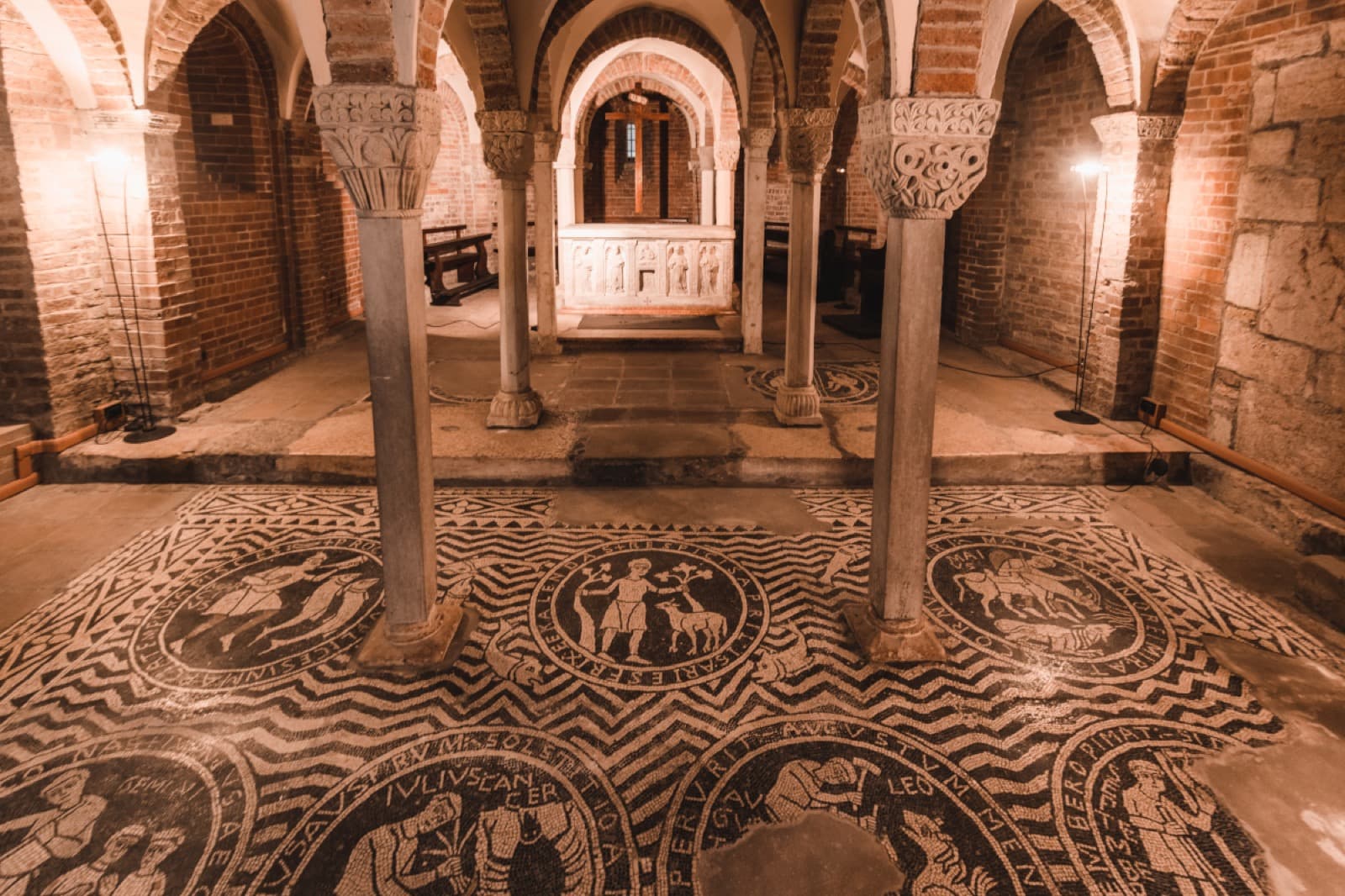
Antiquarium | Piacenza
The basement of the Santa Margherita complex, a former church in the historic center and now an auditorium, houses an exhibition that traces the history of the site from its first settlement in the 2nd century BC to the present day.
In addition to a wide range of amphorae, tableware, kitchenware and household objects, mosaics and wall remains from a Roman domus on the site, dating from the late 1st century BC to the end of the 2nd century AD, can be admired in the crypt, which dates from the second half of the 10th century to the beginning of the 11th century.
Crypt of the Abbey of San Colombano | Bobbio
In the picturesque village of Bobbio stands the Abbey of St. Colombano, a monastery founded by St. Columba in 614.
The crypt of the abbey has two levels. On the lower level are the tombs of Saint Colombano and of the two abbots who ran the abbey after him; there is also a rather complex gate, around which there are legends of a diabolic origin.
On the upper level, there is a floor mosaic with stories from the Book of Maccabees and the Cycle of the Months.
Parma
Galleria delle Fontane | Parma
Built at the behest of Maria Luigia in 1840, the Galleria delle Fontane in Parma was created as an alternative to the Farnese aqueduct, built in 1574 by Ottavio Farnese. The Gallery is 4 meters deep and is located under the City Hall.
A hidden place that can be visited on a guided tour from Piazza Garibaldi, along Via Farini, and that allows visitors to retrace the history of these places on the trail of the most precious commodity, water.
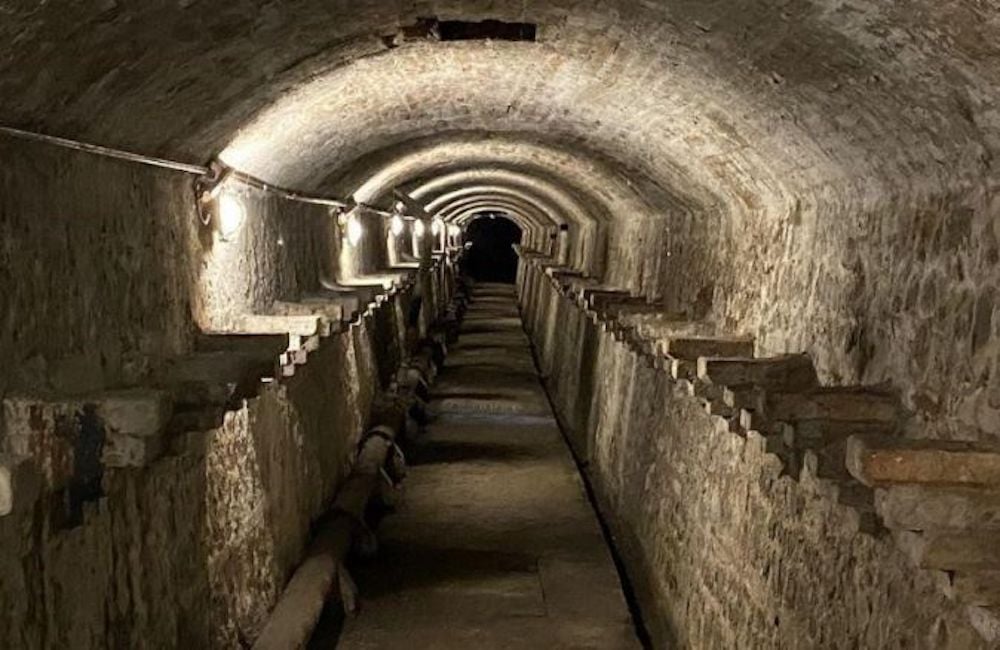
Reggio Emilia
The Ancient Regium Lepidi | Reggio Emilia
Housed in Palazzo Spalletti Trivelli, it is the only archaeological site that can be visited in Reggio Emilia. The site leads you right to the heart of the ancient Roman city of Regium Lepidi, founded around 175 BC by the consul Marcus Aemilius Lepidus. This is the place where the two main axes of the Roman city met, i.e. the cardo, roughly corresponding to today’s Via Roma, and the decumanus, the Via Emilia.
Descending three and a half meters below the current level of the Via Emilia, you can experience the history of an entire city block, as reconstructed through the archaeological finds.
Guided tours can be organized on request (Info: iat@comune.re.it).
Bologna
Conserva di Valverde | Bologna
Mistakenly known as Bagni di Mario, the Conserva di Valverde is one of the must-see places in underground Bologna. It is a Renaissance-era cistern built to feed the Neptune Fountain and other hydraulic works such as the Orto dei Semplici botanical garden, which once stood where the Salaborsa library now stands. The cistern, consisting of an octagonal-shaped basin, is arranged on two levels and houses a very tall chimney completely covered with limestone incrustations.
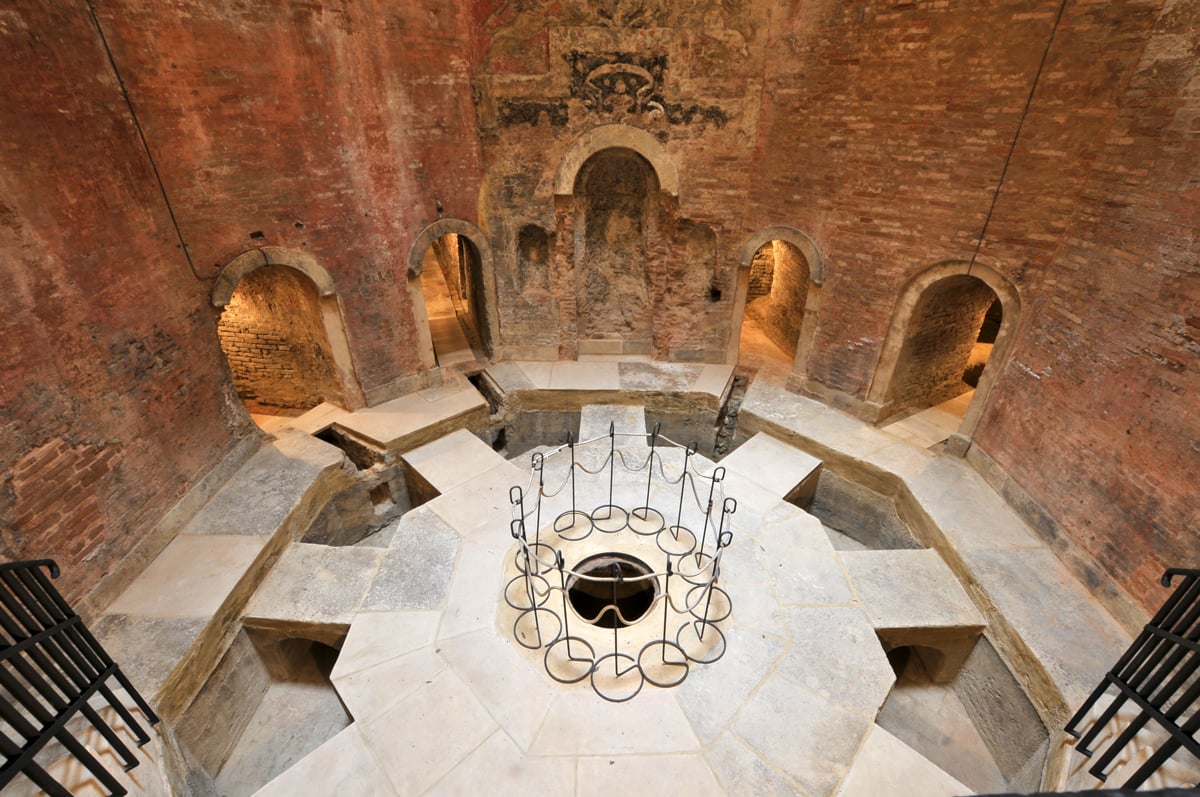
Salaborsa | Bologna
If you want to discover the history of Bologna, just go to the city’s main library, Salaborsa, a stone’s throw from the Neptune Fountain. By visiting the archaeological site located below the covered square, you will be able to take a real journey back in time through various eras and related artefacts: from the basilica of Roman Bononia to the medieval courts and the Renaissance botanical garden.
Underground Canals | Bologna
You may be probably familiar with the little window in Via Piella, from which one can see one of the many canals that flow beneath the city. What you may not know is that once a year, in autumn, the canals are dried out to allow for the necessary hydraulic maintenance work.
During this period, exceptional guided tours lead down the bed of the Reno Canal, both in its covered and uncovered sections. A unique opportunity to get to know the history of Bologna and its waters up close.
Hot springs | Porretta Terme
The sulphurous thermal springs of La Puzzola in Porretta Terme are over 60 million years old and are still accessible by guided tour. Walking through the tunnels dug into the rock in the second half of the 19th century, you can admire the rocky layers from which the precious thermal waters flow, as well as some quartz outcrops, stalactites, layers of semi-crystallized coal, and even a little underground lake.
Ravenna
Crypt – Basilica San Francesco | Ravenna
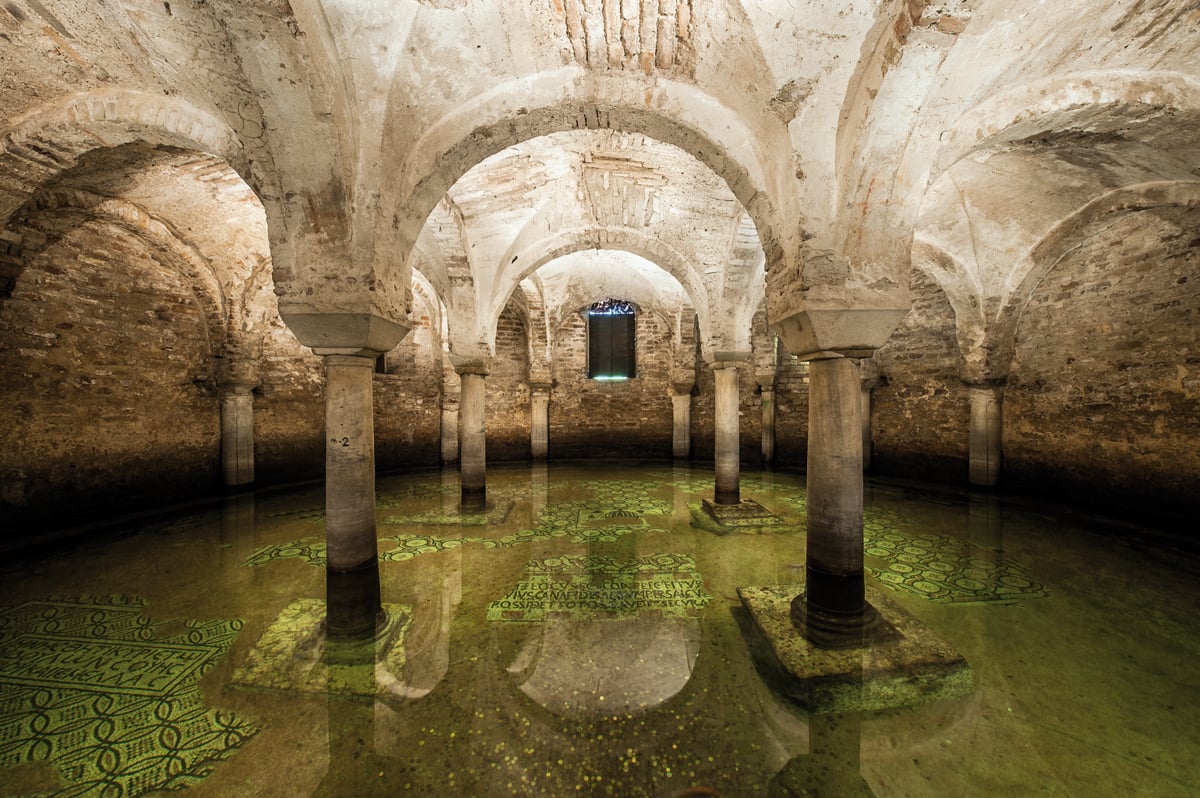
Dating back to the mid-fifth century A.D., the Basilica San Francesco stands in the heart of Ravenna and houses a wonderful 10th-century crypt. What makes this space unique is that it is constantly underwater, which, however, allows glimpses of the mosaic fragments of the original floor.
Domus of the Stone Carpets | Ravenna
Located within the eighteenth-century Church of St Euphemia, this important archaeological site consists of a vast underground environment about 3 meters below street level. Inside you will find 14 rooms paved with polychrome mosaics and marble belonging to a private Byzantine building from the 5th-6th centuries. Here you will appreciate splendid mosaics decorated with geometric, floral and figurative elements.
Rimini
Domus del Chirurgo | Rimini
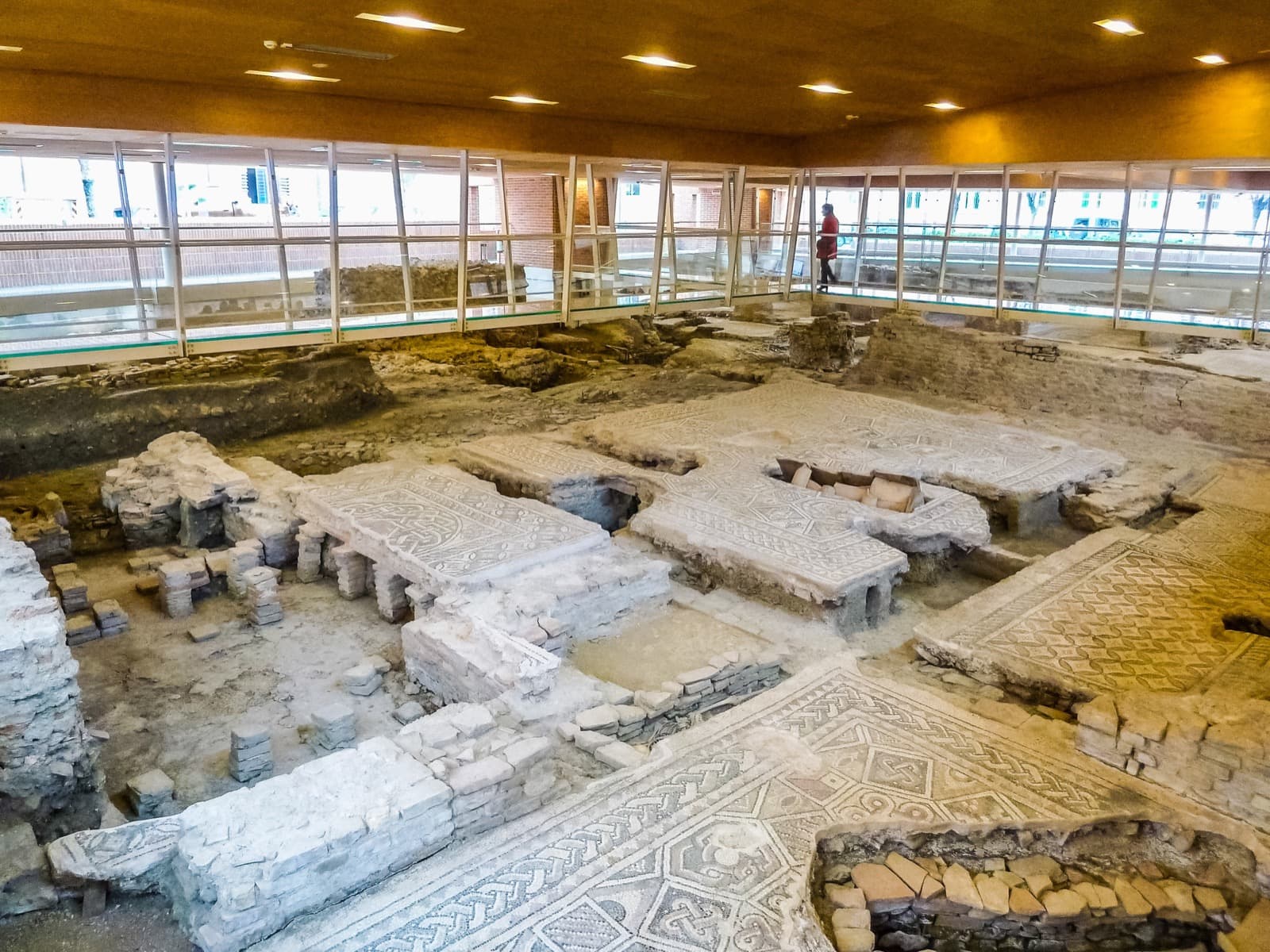
An ancient Roman domus dating back to the 2nd century A.D. of approximately 700 square metres in the heart of Rimini. The Domus del Chirurgo (Surgeon’s Domus) preserves the remains of a late imperial dwelling, as well as traces of an early mediaeval settlement and a large burial ground, revealing considerable historical stratification. The over 150 surgical instruments found revealed that the master of the house, Eutyches, was a military doctor.
Sulphur Museum | Perticara
A significant example of industrial archaeology, Sulphur, the Perticara Mining History Museum, is housed in the modern and fascinating spaces of the former Certino sulphur workings. The charming underground world is encapsulated in an evocative and exciting space where visitors can delve into the themes of mineralogy and geology, and focus on the century-long mining activity that took place in Perticara until 1964.
Since this list is the result of our own research, we are aware that it cannot be exhaustive: if you know or have visited other places to discover the underground of Emilia Romagna, please let us know with a comment (preferably with photos…), thank you!
Author
You may also like
Journey to the Center of the Earth: Emilia-Romagna’s caves you cannot miss
by Davide Marino /// January 31, 2017

Interested in our newsletter?
Every first of the month, an email (in Italian) with selected contents and upcoming events.
[Parlami di tER] Le grotte di Onferno: un’avventura nel cuore della natura
by La Nottola Aps-Asd /// April 12, 2021
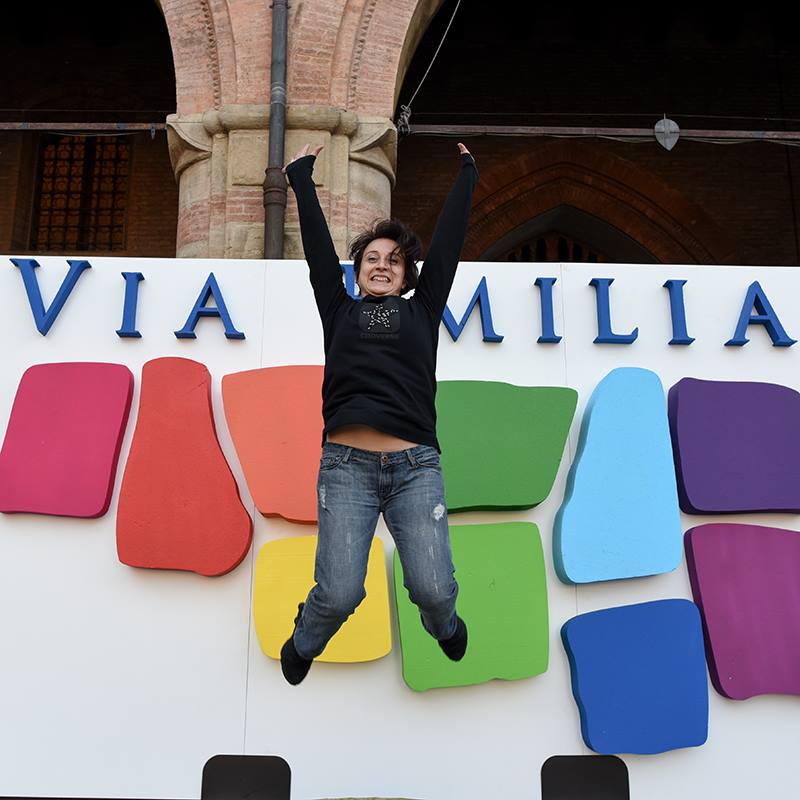
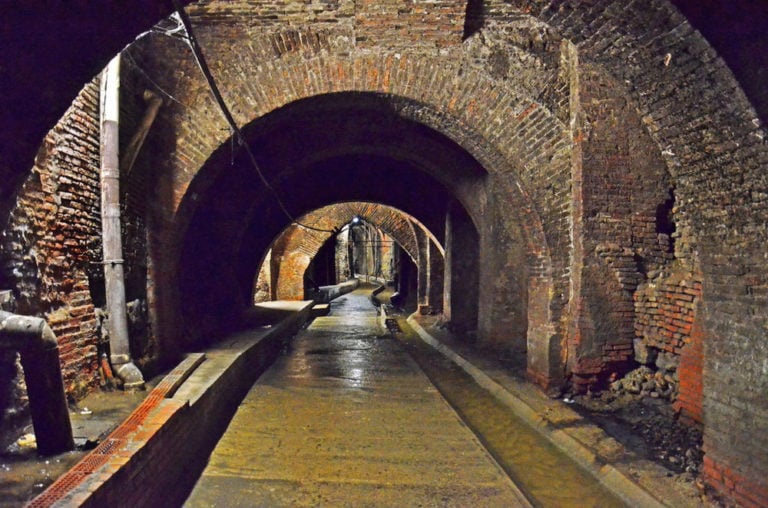
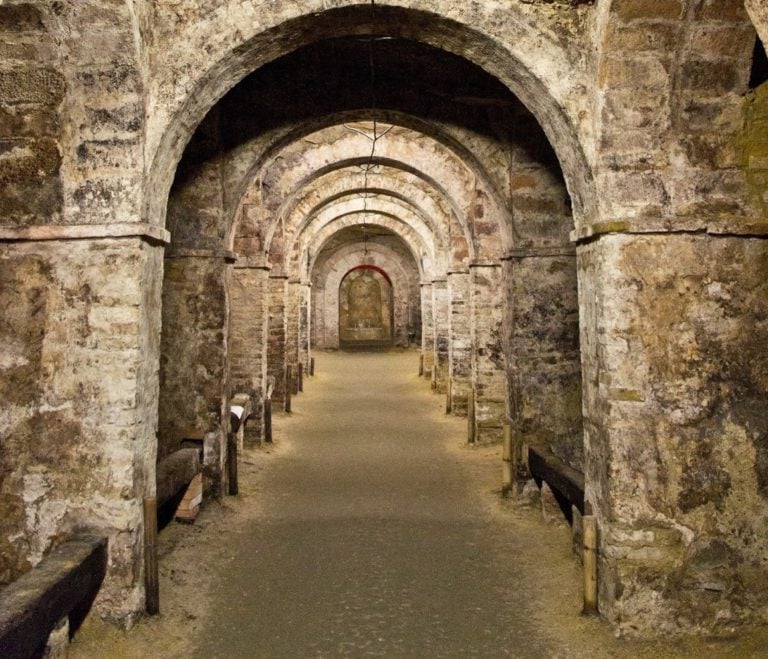
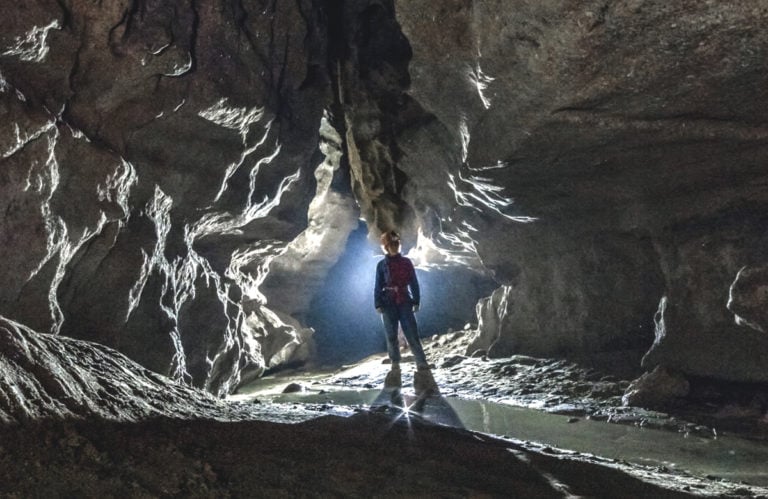
![[Parlami di tER] Le grotte di Onferno: un’avventura nel cuore della natura](https://www.travelemiliaromagna.it/wp-content/uploads/2021/06/Gemmano-RN-Grotte-di-Onferno-ingresso-basso-ph-Piero-Gualandi-CC-BY-NC-SA-3.0-768x432.jpg)
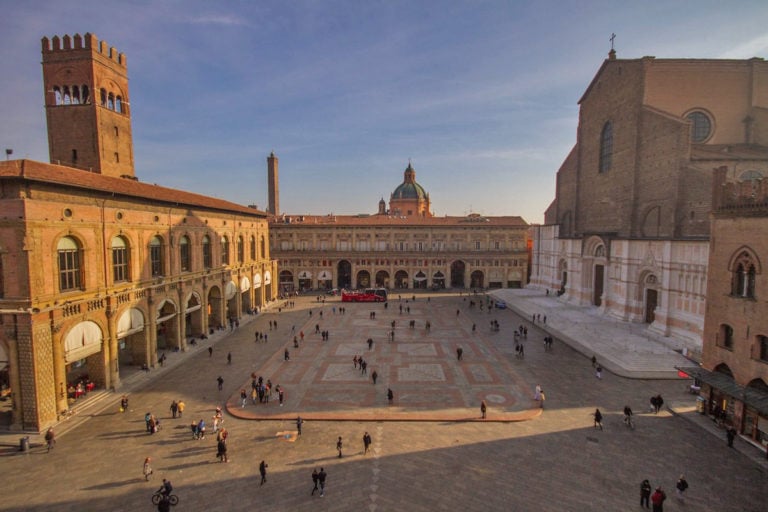
Maori Mackenzie
How do i get to see these places please?
Grassiess
Thank you
Elisa Mazzini
Dear Maori, to find more info you can click on the link that is available in each of these places 😉